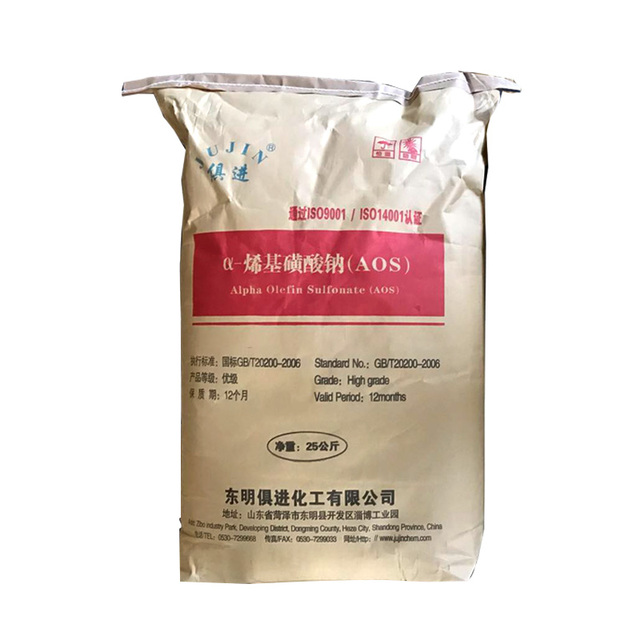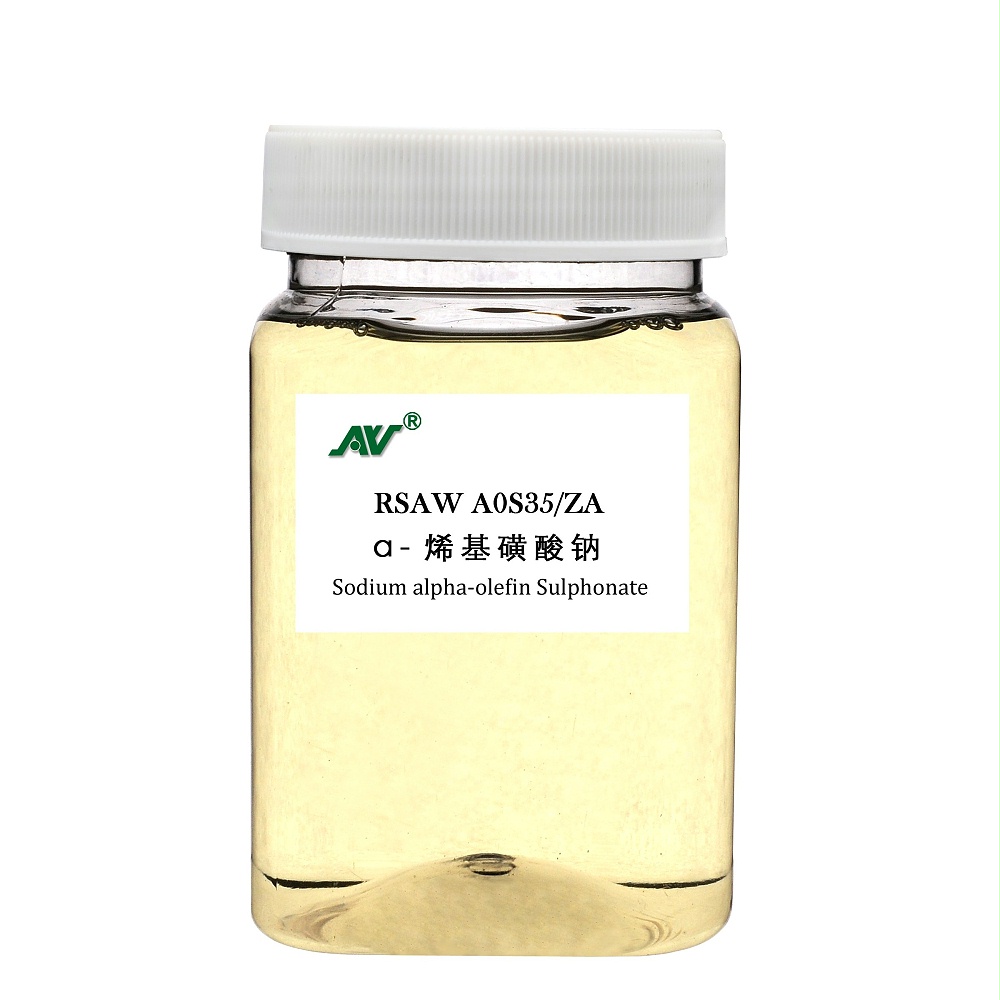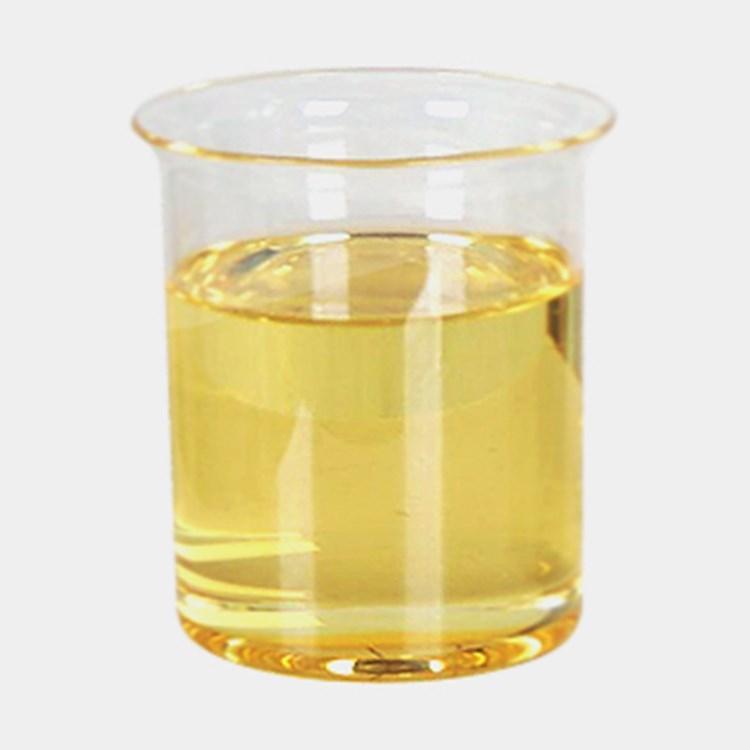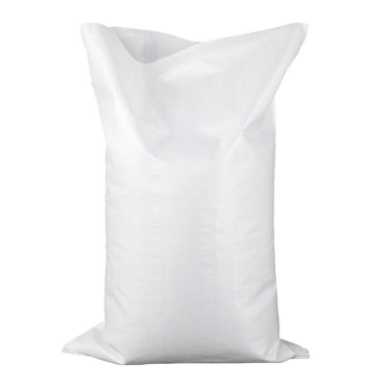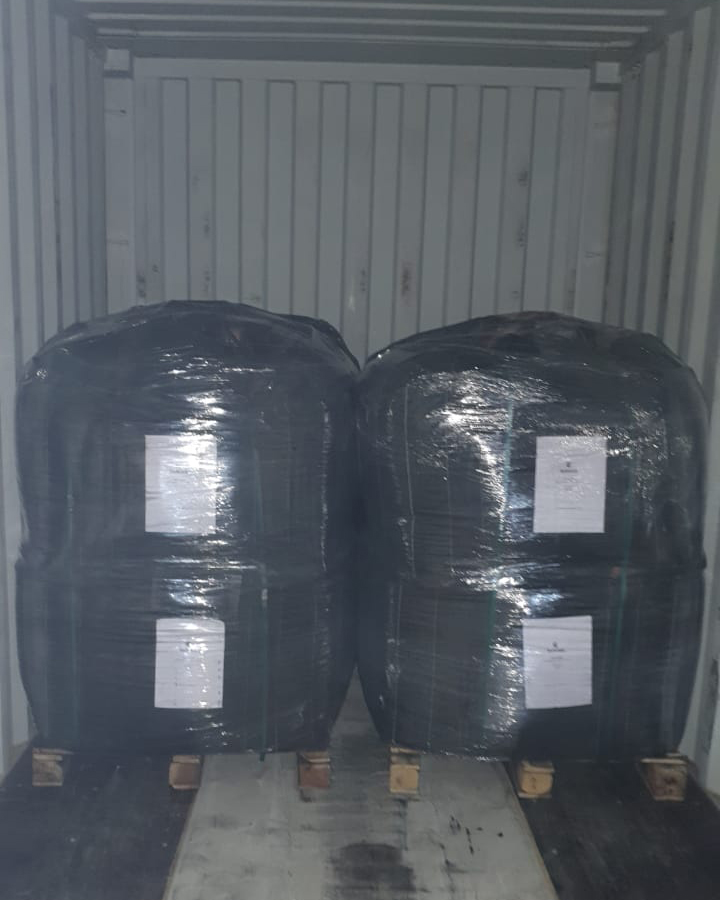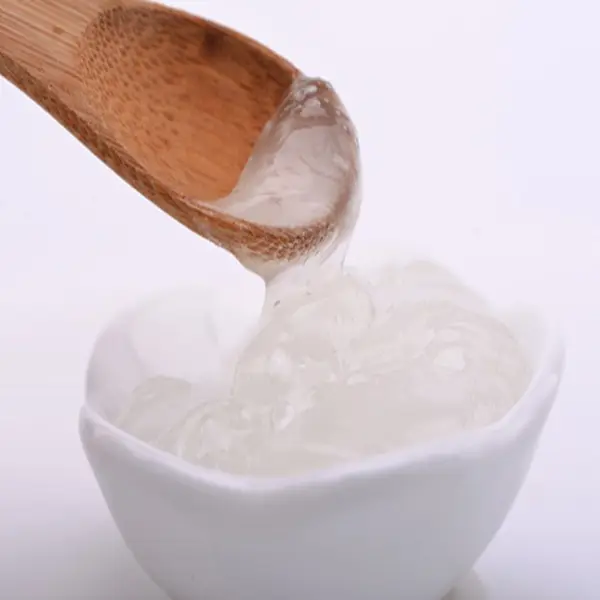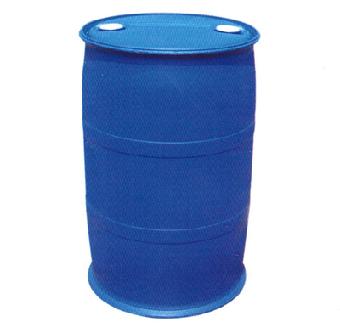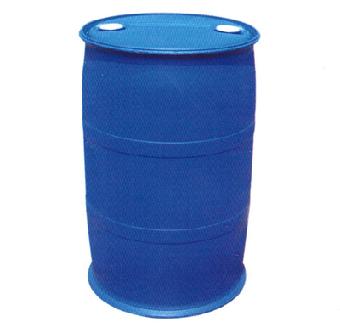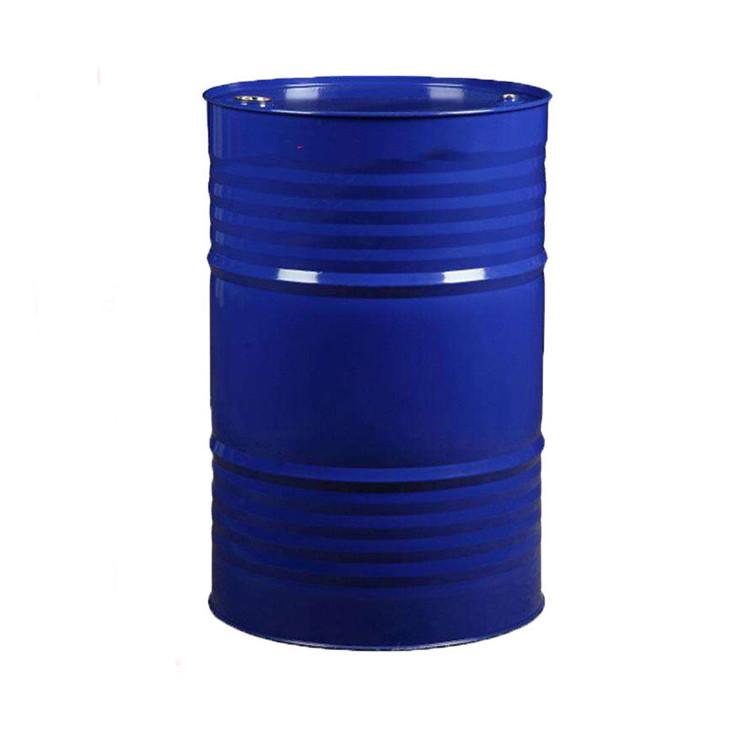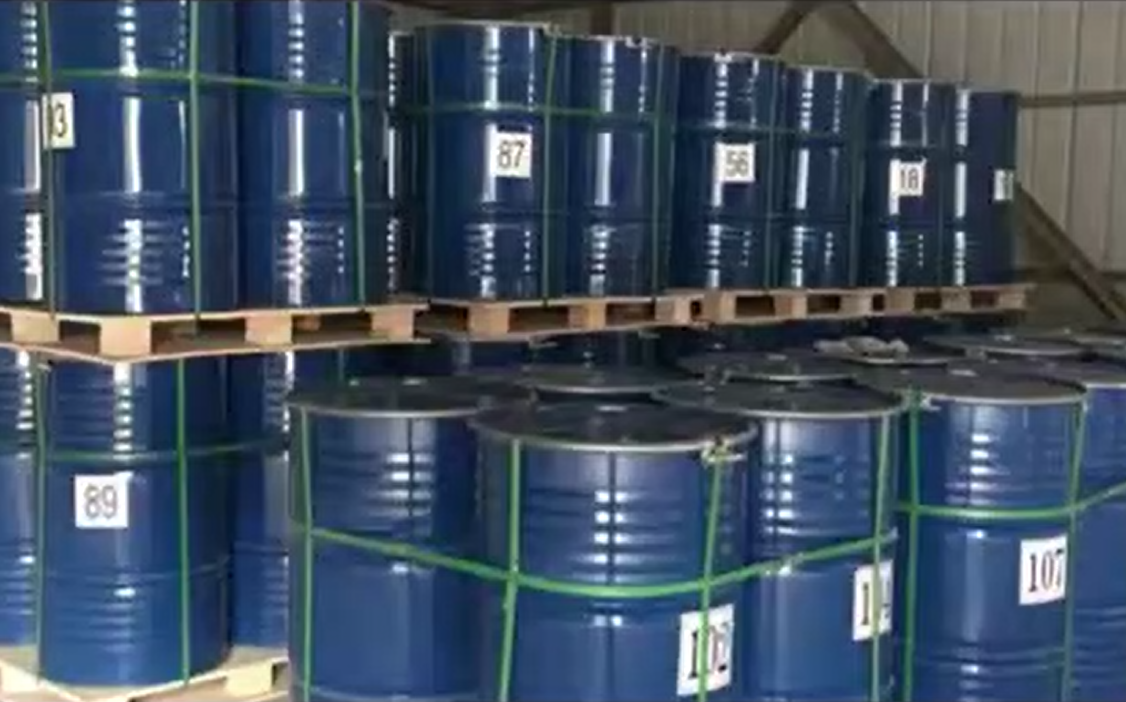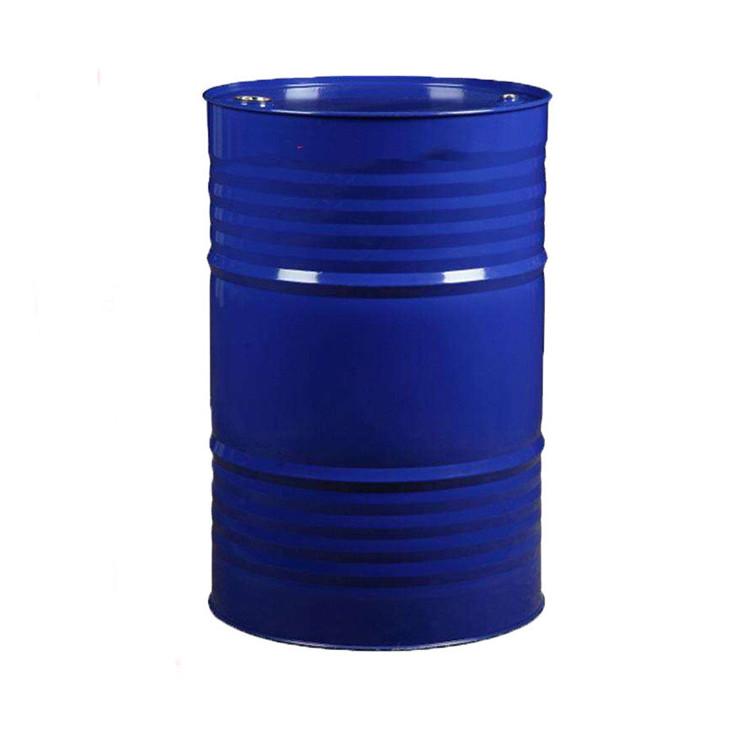Surfactants, Catalysts
Find
1014
related chemicals for you
CAS:68439-57-6
Molecular Formula:RCH(OH)(CH2)nSO3Na
Alias
More Information
AOS; C14-C16-Alkanehydroxysulfonic Acids Sodium Salts; Alpha-Olefinc14-C16,Sulfonated,Sodiumsalt; Sodiumc14-16Olefinsulphonate; Sodiumc14-16Alphaolefinsulfonate; C14-16-Alkanehydroxyandc14-16-Alkenesulphonicacids,Sodiumsalts; Sodium Olefin-(C14-C16)-Sulfonate; Sodium A-Olefin Sulfonate; Sodium C14-16 Olefin Sulfonate
Brief Introduction
Widely used in all kinds of washing and cosmetic products: used as washing powder, composite soap, tableware detergent and the preferred main raw material of phosphorus free detergent; Used for shampoo, shower gel and facial cleanser,AOS is widely used in textile printing and dyeing industry, petroleum chemicals, tertiary oil recovery, industrial cleaning and so on. AOS can be used as concrete density improver, foam wall board and foam agent for fire fighting. It can also be used as pesticide emulsifier, wetting agent, etc.
Suppliers
View More Vendors (5) >
CAS:64365-11-3
Molecular Formula:CH4
Alias
More Information
Activated Charcoal; Activated Carbon,Plant Nutshell; Activated Carbon For Sugar; Activated Black; Csirbon,Activated; Shirasagi Powder Active Carbon; Norit(R) A Pract.; Nut Shell Activated Carbon; Powder Activated Carbon
Brief Introduction
Activated carbon is a kind of carbon material with great specific surface area and strong adsorption and decolorization ability. In the 19th century, people used it to decolorize, taste and purify sugar, wine and water. Bone charcoal has been used for water filtration for more than 100 years. Activated carbon was used to make gas masks during the first World War. By the 1990s, it was widely used in sewage treatment, concentration and recovery of organic solvents, air purification and other environmental protection, gold extraction and other fields.
Suppliers
View More Vendors (4) >

ZXK-AR particle size 20-50 mesh moisture ≤ 10% pH5 0-7.0 ash ≤ 3.0% methylene blue adsorption value ≥ 105 ± 10mg / g
/
Tech Grade
25kg
/
Woven Bag
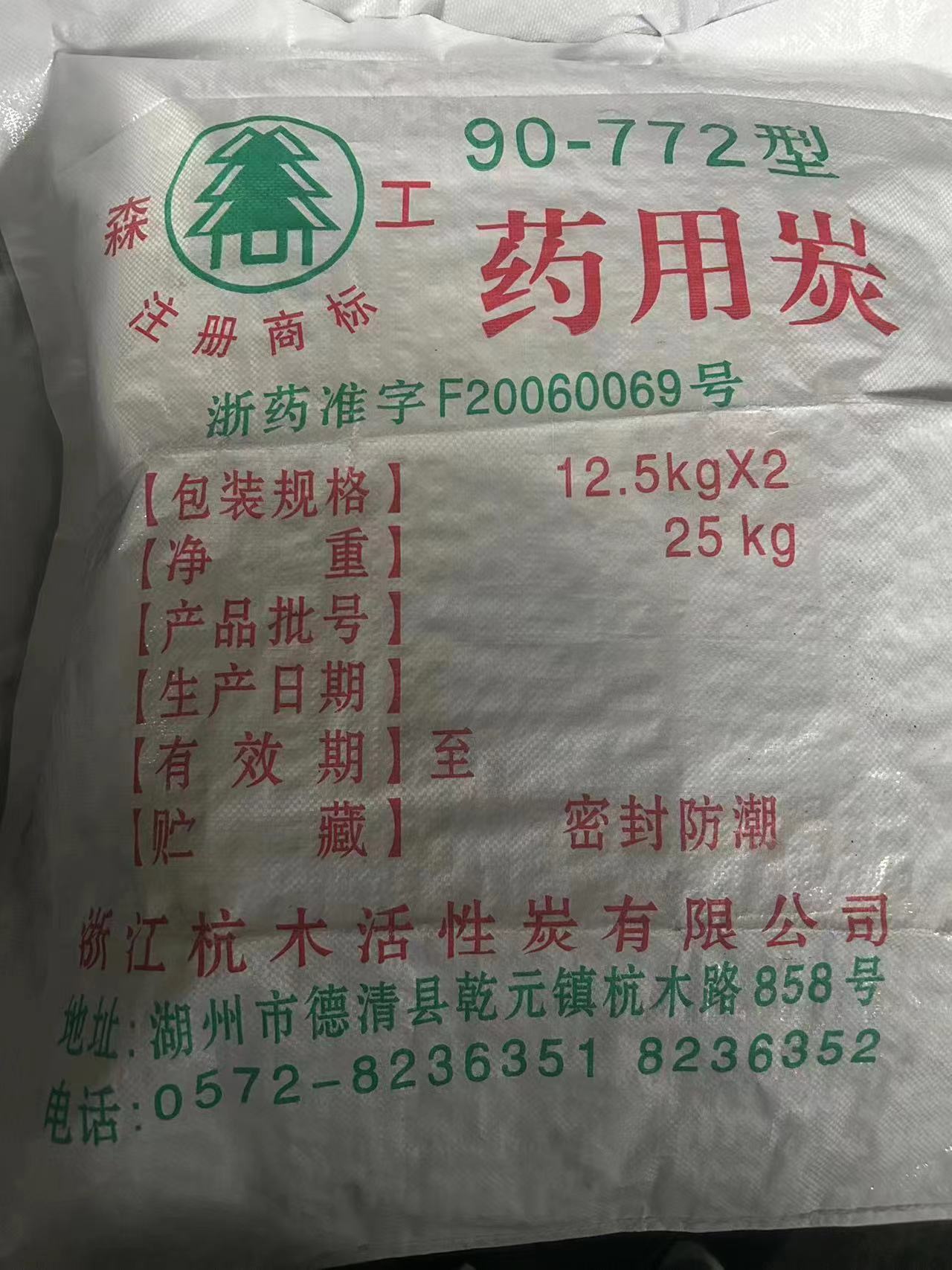
Black powder, chloride ≤ 0.1%, sulfate ≤ 0.05%, zinc salt ≤ 0.02%, iron salt ≤ 0.05%, drying weight loss ≤ 10%, passing 95% on a 200 mesh sieve
/
-
Ct Groups
- Humidity 5% - 25% - Ash 3-7% - No impurities (100% coconut shell material) - Coal-black granular, dry, angular.
/
Tech Grade
CAS:68585-34-2
Alias
More Information
Sodium Alkylether Sulfate; Lauryl Ether Sulfate Sodium; Anionic Surfactants; Fatty Alcohol Polyoxyethylene Ether Sodium Sulfate; AES; SLES; SLES70%; Lauril Eter Sulfato De Sodio; Texapon; Lauril ETER Sulfato DE Sodio - 70%; sles 70; Alcohol Ethoxylate Sulfated Sodium Salt; 9004-82-4; 151-21- 3; SLES-90; Lauril eter Sulfato de Sodio 25; Sodium Laureth; Sodium Lauryl Ether Sulfate 70%,sles 70; SLES 70%; Ether Lauril Sulfato
Brief Introduction
It is an important surfactant and the main component of liquid detergent. It is widely used in daily chemical, personal care, fabric washing, fabric softening and other industries.
Suppliers
View More Vendors (4) >
<Invalid Value>
70
/
Tech Grade
170kg
/
Plastic Drum
CAS:68603-42-9
Alias
More Information
Cocamide DEA; Cocodiethanolamide; COCO Diethanolamide; N,N-Bis(Hydroxyethyl)Coco Amides; Coconut Oil Acid Diethanolamine; N,N-Bis(Hydroxyethyl)Coco Fatty Amides; Amides,Coco,N,N-Bis(2-Hydroxyethyl); Clindrol200Cgn; Clindrol202Cgn; Clindrolsuperamide100Cg; Coconutacid,Diethanolamide; Cocamide Diethanolamine
Brief Introduction
Coconut Diethanolamide can be used as surfactant. It is a light yellow to amber viscous liquid, which is easy to dissolve in water. It has the functions of good foaming, foam stabilization, penetration and decontamination, anti hard water and so on.
Suppliers
View More Vendors (4) >
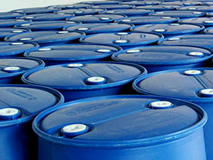
PH value (1% aqueous solution): 9-11; Solid content (%): ≥ 95; Amine value (mgKOH / g) ≤ 45
/
Tech Grade
200kg
/
Plastic Drum
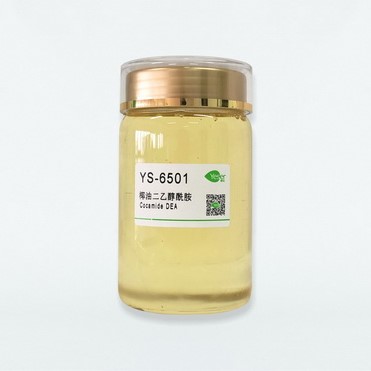
1: 1Type; Excellent products: ≥ 78.0% Qualified products: ≥ 77.0%
/
Tech Grade
200kg
/
Plastic Drum
CAS:7439-95-4
Molecular Formula:H2Mg
Alias
More Information
Magnesium; Mg; Magnesio; Magnesium Turnings; Magnesium Metallicum; Magnesium Ribbon; Magnesium Sheet; Magnesium Powdered; Magnesium Metal; Magnesium Compounds; Atomized Magnesium Metal Powder; Magnessium
Brief Introduction
Magnesium is a transition metal compound used to synthesis Grignard reagents in organic reactions in the synthesis of complex chemical compounds.
Suppliers
View More Vendors (4) >
Inquiry (
10
/ 10
)
Clear All
You can inquire for up to 10 products at a time
Sign In
Error!


